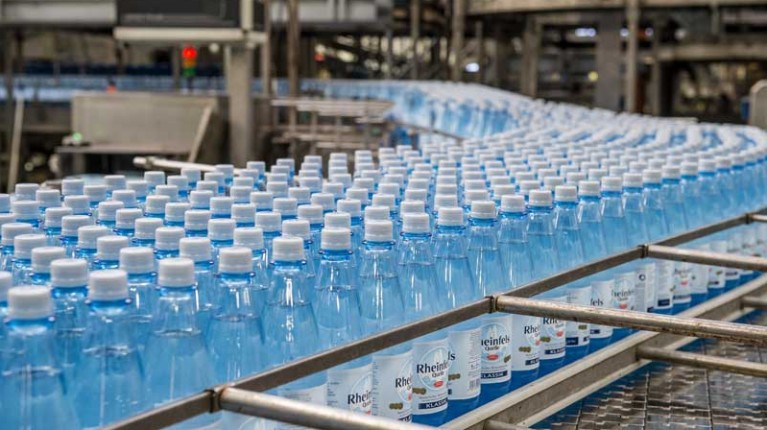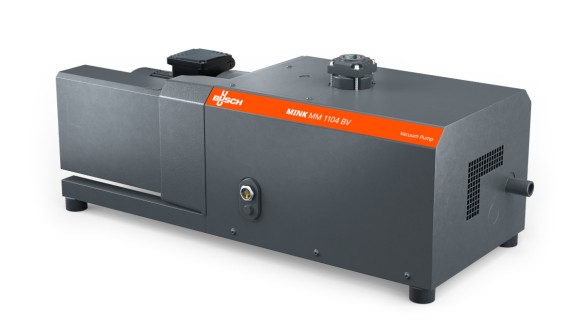How does vacuum degassing work?
Degassing of liquid, paste-like and moist products is one of the most important applications of modern vacuum technology.Gases, vapors and moisture are extracted from the processed material. Under vacuum. The result: higher product quality.
An example: the degassing of plastics during extrusion.
Trapped moisture and gases are extracted directly at the extruder screw zone. Significantly improving the structure and physical properties of the final product.












